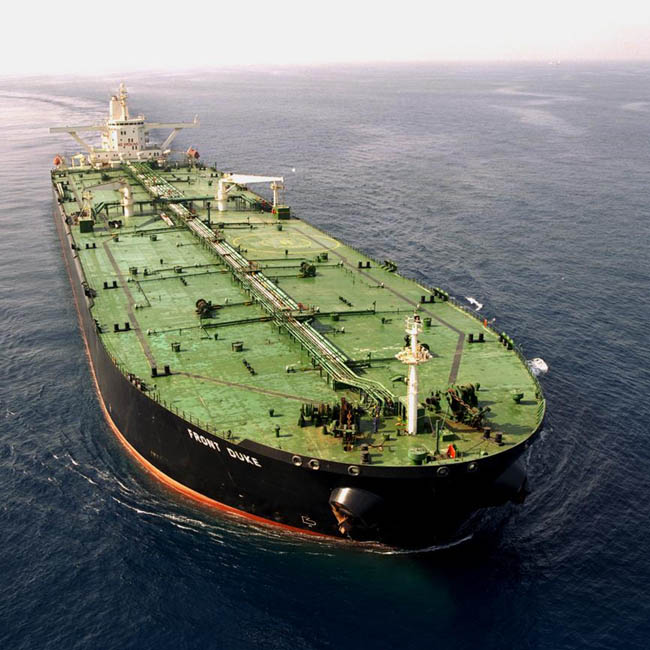Spotlight on Liftboats: What They Do & The Dangers They Pose
Picture a vessel that can sail to a jobsite, “plant” three or four giant steel legs on the seabed, and then lift its entire hull clear of the waves—creating a...

Image (c) Frontline Tankers
Returns for the biggest oil tankers hauling Middle East crude to Asia, the industry’s benchmark route, gained as more ships were booked.
Daily earnings for very large crude carriers on the Saudi Arabia-to-Japan voyage added 0.2 percent to $15,701, according to data from the Baltic Exchange in London today. That’s the highest this week and the second straight gain, the data show.
Seven ships were booked today, compared with four yesterday, according to an e-mailed report from Kevin Sy, a Singapore-based freight-derivatives broker at Marex Spectron Group. The number of VLCCs available for loading in the Persian Gulf increased to 92 from 90.
Rates rose because of strengthening demand for the ships in the Persian Gulf, RS Platou Market AS, Oslo-based investment bank, said in an e-mailed report today.
The VLCC fleet will expand 5.7 percent next year, above demand growth of 3.9 percent, according to data from Clarkson Plc, the world’s largest shipbroker.
The exchange’s assessments don’t reflect speed cuts aimed at reducing fuel costs, vessel owners’ largest expense. They can boost returns by slowing ships on return journeys after unloading cargoes. The price of ship fuel, or bunkers, added 0.2 percent to $611.39 a metric ton, according to data compiled by Bloomberg.
Charter costs for VLCCs on the benchmark voyage gained 0.2 percent to 46.83 industry-standard Worldscale points, exchange data showed.
The Worldscale system is a method for pricing oil cargoes on thousands of trade routes. Each individual voyage’s flat rate, expressed in dollars a ton, is set once a year. Today’s level means hire costs on the benchmark route are 46.83 percent of the nominal Worldscale rate for that voyage.
The Baltic Dirty Tanker Index, a broader measure of oil- shipping costs that includes vessels smaller than VLCCs, increased 0.7 percent to 746, according to the exchange.
Copyright 2012 Bloomberg.

Sign up for gCaptain’s newsletter and never miss an update

Subscribe to gCaptain Daily and stay informed with the latest global maritime and offshore news


Stay informed with the latest maritime and offshore news, delivered daily straight to your inbox
Essential news coupled with the finest maritime content sourced from across the globe.
Sign Up